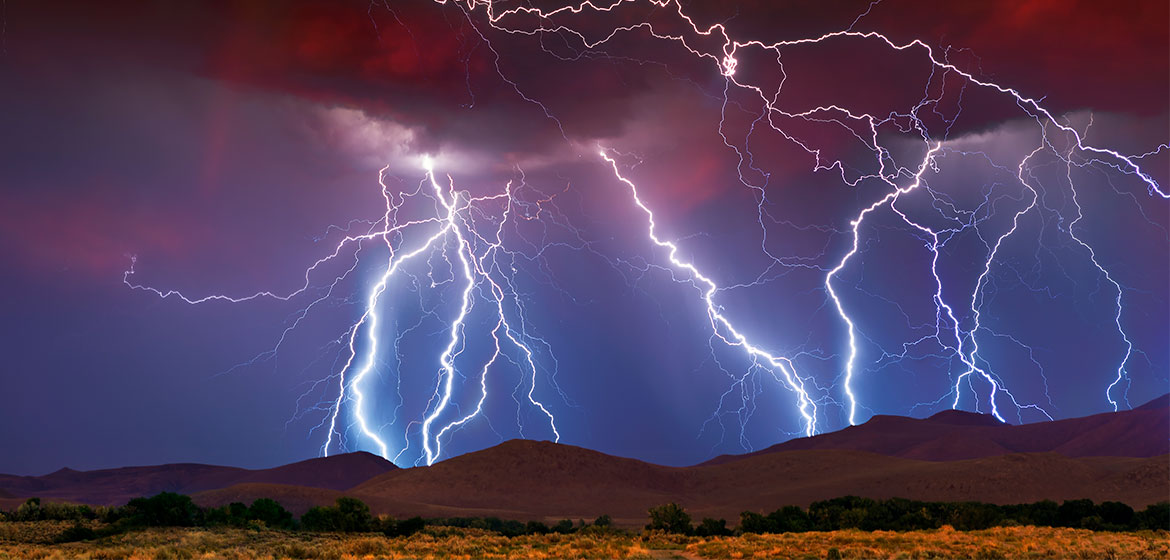Top 5 Questions About Lightning Strikes Answered

Have you ever wondered what exactly a lightning strike is? Well, a lightning strike is an electric discharge between the atmosphere and the earth. Most lightning strikes, known as cloud-to-ground (CG) lightning, start in a cumulonimbus cloud and land on the ground. Here are five more burning questions you may have about lightning strikes and the answers to them.
How Can You Tell When You Are About to Be Struck by Lightning?
Lightning is about to strike you if your hair starts to stand on end. If you observe this sign, don’t lie flat on the ground. Instead, lean forward and get on your knees. An excellent conductor of electricity is moist ground.
What Does the 30/30 Rule for Lightning Entail?
If you see lightning, count the time between when you see it and when you hear thunder. The thunderstorm is near enough to be hazardous. You should seek shelter even if you don’t see lightning but hear the thunder. Then, wait for at least 30 minutes or longer before leaving the shelter.
What Can Happen During a Lightning Strike?
People may be killed or injured directly or indirectly by cloud-to-ground lightning. A person may be struck by lightning when standing near a tree, fence, pole, or another tall object. Moreover, after striking a nearby tree, antenna, or some other tall structure, flashes may carry their current through the ground to a person. The current can also travel through power lines, phone lines, or plumbing pipes to a person in contact with an electric appliance, phone, or plumbing unit.
What Happens When Lightning Strikes Your House?
Lightning bolts may heat your home’s roof, shingles, and attic to a temperature of 50,000° F, which is high enough to start a huge fire. A direct blow can even penetrate your roof’s shingles and enter the attic below, damaging the insulation, electrical systems, and other items.
Where and When Does Lightning Strike Most Frequently?
The warmer seasons are when the conditions for lightning strikes are most often fulfilled (spring, summer, and early autumn). Generally speaking, the amount of lightning in the US mainland decreases toward the northwest.
The region of Florida between Tampa and Orlando experiences the highest frequency of cloud-to-ground lightning throughout the year. This is caused by the presence of high surface temperatures that generate strong sea breezes along Florida beaches on many days throughout the year. It’s also caused by the existence of considerable moisture content in the atmosphere at low altitudes (below 5,000 feet). Strong upward movements and frequent cloud-to-ground lightning are also produced by the US’s western highlands. The Atlantic coast in the southeast of the US, the Gulf of Mexico coast, and the inland from the Gulf all have high frequencies. The least amount of cloud-to-ground lightning occurs in areas along the Pacific west coast.
No matter where you reside amongst the areas we serve, the experts at Stone Claims Group will work to ensure you’re adequately compensated for your loss if you’ve sustained lightning strike damage to your property. Reach out to our dedicated public adjusters today!